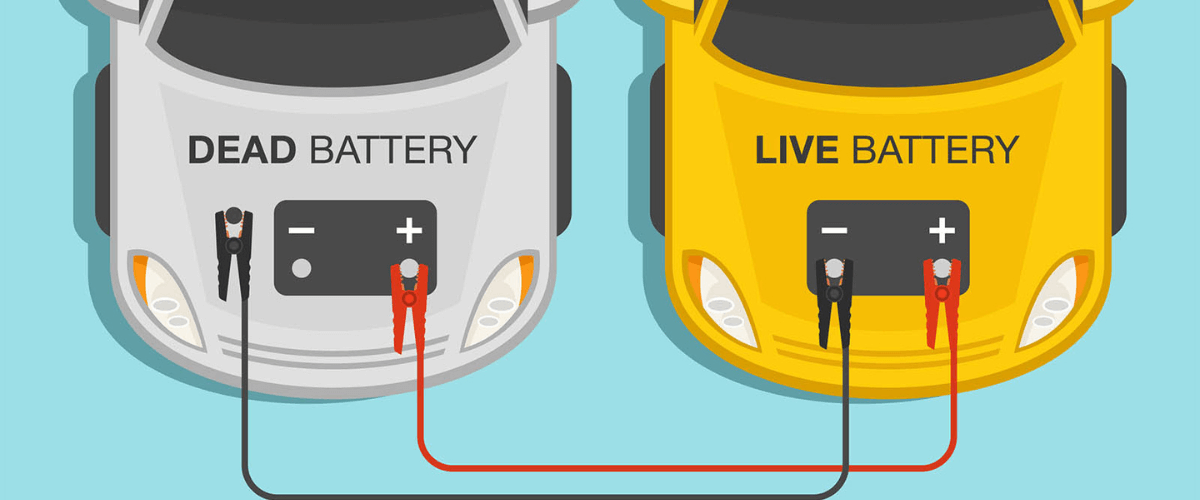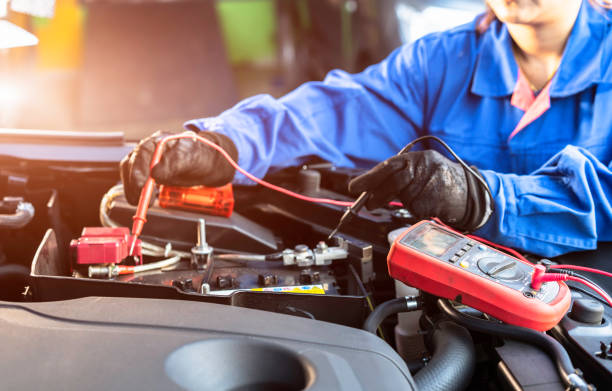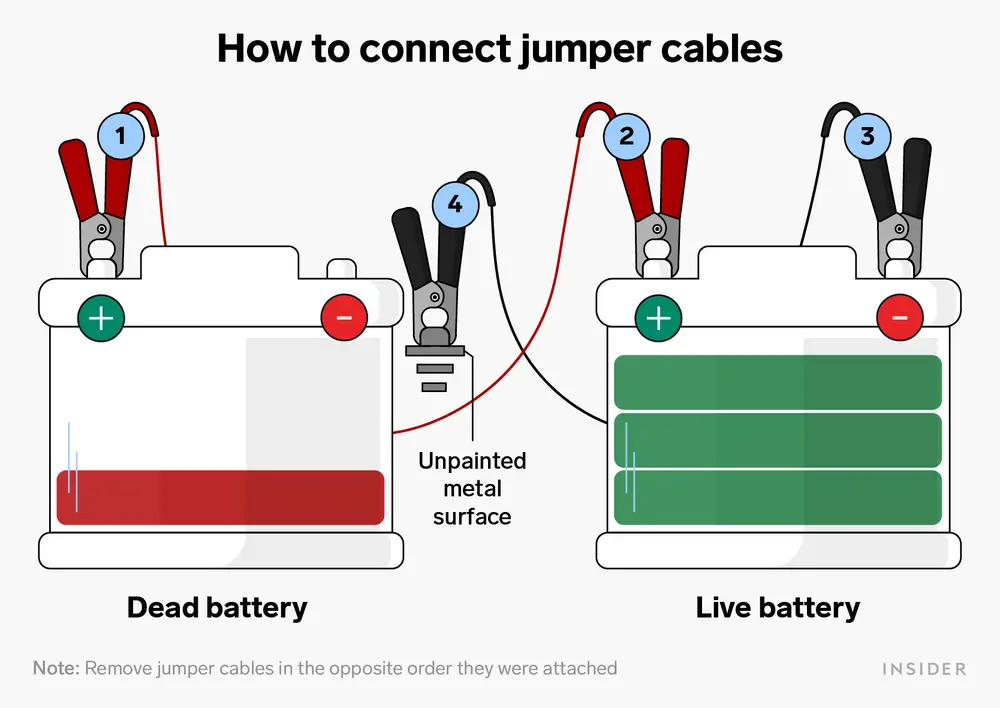
Dealing with a dead car battery can be a frustrating and unexpected situation that many of us have faced at least once. Luckily, jump-starting a car has become a widely practiced method to get back on the road quickly. In this article, we’ll tackle some of the most common confusions related to jump-starting a car and provide answers to your burning questions.
Jump starters, also known as jump packs or booster packs, are portable devices designed to provide a quick boost of power to a dead car battery. They have gained popularity due to their convenience and effectiveness in getting a stranded vehicle up and running. Jump starters are indeed a reliable solution, especially in emergency situations. However, it’s important to choose a quality jump starter with sufficient power capacity and safety features. Cheaper or poorly made models might not deliver the necessary power or could potentially damage your vehicle’s electrical system.
In most cases, anyone with a running vehicle can help jump-start your car. It’s a straightforward process that doesn’t require advanced technical skills. However, if you’re uncertain about the procedure or if you’re dealing with a hybrid or electric vehicle, it’s recommended to call a professional mechanic or roadside assistance service. They have the expertise to handle complex vehicle systems safely.

Jump-starting a car with a dead battery involves connecting a working battery (from another vehicle or a jump starter) to the dead battery using jumper cables. Here’s a step-by-step guide:
Position Vehicles: Park the vehicles close enough for the jumper cables to reach both batteries but avoid them touching.
Turn Off Engines: Turn off both vehicles and any electrical components like lights and radios.
Connect Positive Cable: Attach one end of the positive (red) jumper cable to the positive terminal of the dead battery.
Connect Positive Cable: Attach the other end of the positive jumper cable to the positive terminal of the working battery.
Connect Negative Cable: Connect one end of the negative (black) jumper cable to the negative terminal of the working battery.
Connect Negative Cable: Attach the other end of the negative jumper cable to an unpainted metal surface on the dead car’s engine block or frame. This is important to avoid sparks near the battery.
Start Working Car: Start the working car and let it run for a few minutes.
Start Dead Car: Try starting the dead car. If it starts, let it run for a while to charge the battery.
Disconnect Cables: Disconnect the jumper cables in reverse order: negative from dead car, negative from working car, positive from working car, and finally positive from dead car.
As mentioned in the previous section, connecting the jump leads (jumper cables) correctly is crucial. The positive cable should be connected to the positive terminal of both batteries, and the negative cable should be connected to the negative terminal of the working battery and an unpainted metal surface on the dead car.

While it’s possible to jump-start a car using a Dewalt battery (or other similar power tool batteries), it’s not a recommended method. Power tool batteries are not designed for the high current demands of jump-starting a car, and attempting to use them for this purpose could potentially damage the battery or the vehicle’s electrical system. It’s safer and more reliable to use a dedicated jump starter or a vehicle with a charged battery.
RJ Recovery is a division of RJ Autos Recovery LTD that aims to provide exceptional service to private and commercial clients at competitive rates. We offer a 24-hour breakdown recovery service, as well as additional services like mobile tire assistance, car locksmith, and fuel drainage. We are renowned for providing top-notch breakdown services in London and its neighboring areas.
Copyright © 2024 RJ Autos Recovery LTD All Rights Reserved